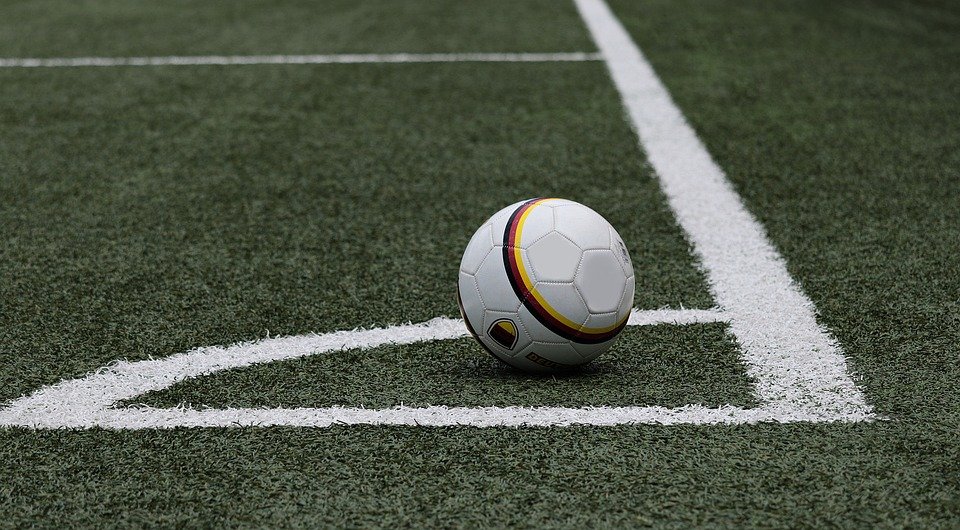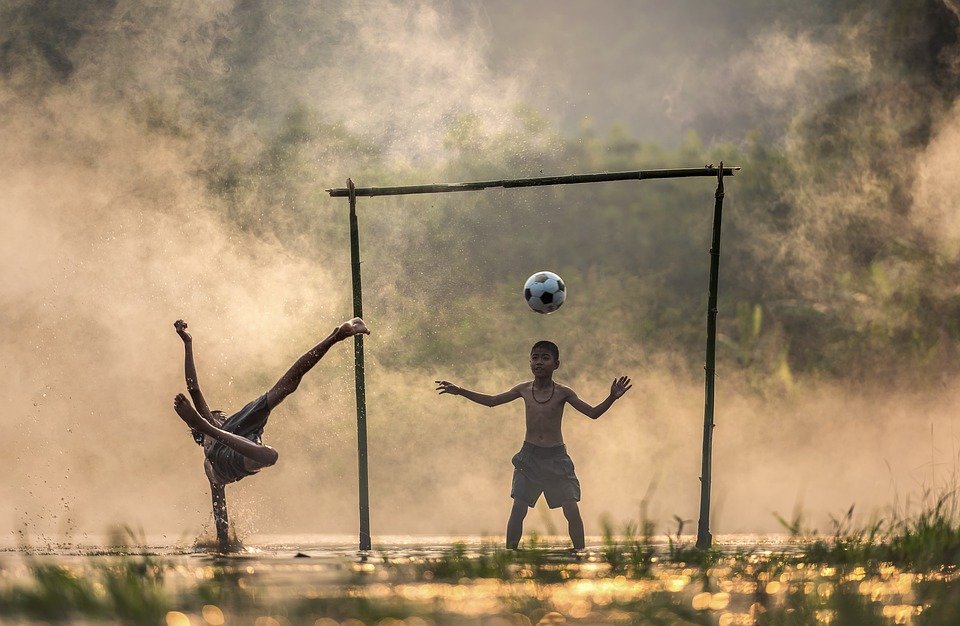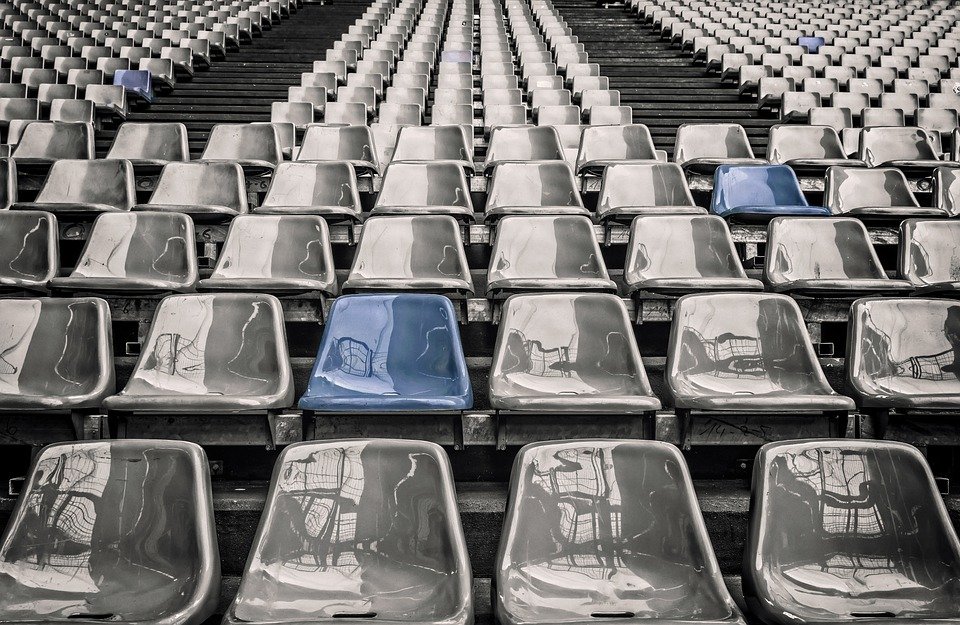The secret to beating more sports teams than your own in youth soccer

Playing in space is the key term.
We are not talking about playing soccer on the moon, zero gravity will make all of us need to rethink the game a bit.
“In space” means playing with a space between your players and the other team. If your team is bigger, more athletic, and can handle other teams’ players one-on-one, you want space, he’s your friend.
However, if you don’t have bigger and better athletes than the other team, space is your enemy.
Playing in “in space” just means what you say, your players put space between themselves and the opponent. If your team consists of faster, bigger and more athletic kids, they will dominate in one-on-one matches. This is why you see teams with a lot of big fast receivers that do very well on the “spread” offense where weaker defenders are isolated very wide against these dominant receivers, of course you have to have a QB that can get rid of them in these situations. If this prop receiver can get the ball “into space,” he or she will have a chance to score in most cases.
On the other hand, most youth soccer teams don’t really have the player dominate the league. Most of us are blessed with an average group of kids and some of us have the odd group of kids that are smaller and less athletic than the teams we face. In these cases, you want to have as little space as possible between your children and the opponents.
Just think of your tackle drills, when you have a tackle drill in close quarters, let’s say a 1 yard square, most of your non-athletic kids can often do that. But turn that drill into a tackle drill in an open field measuring 20 yards by 20 square yards. How many of your less athletic kids can now make a tackle on this drill? The same goes for blocking; Very athletic children can make fewer blocks “in space” than very athletic children who can’t.
Under-performing sports teams always do better if they tighten their line splits down the line, double up on team mass and pull for massive numbers at the point of offense. Fewer sports teams need to run traps and other close plays like the stakes in order to keep more sports teams at bay. Less athletic teams need to do a lot of misdirection to keep the defense out of play, while they run it between tackles. Spinning chain in kryptonite to superman in these ensembles. There are just some plays that don’t make sense against teams like that, passes, back passes, deep reversals, those are going to be negative plays.
The good news is that with the single wing attack, less athletic teams can compete with highly athletic teams. Often called “phone booth football,” spinners and traps prevent sports teams from streaming aggressively into your base plays. Double team blocks, pickets, and pulls give your team numbers advantages at the point of offense so smaller or weaker linemen can strike. Tight splits, misdirection, and pulling the liner up to average backs help put up big numbers with this offense.
In 2002 we had a very medium size backpack called JA with an average pace. For our team of 8- and 10-year-olds, he weighed 81 pounds, and when we ran the EVAL races, he was about 6 of the 25 kids. JA was a very obedient player, a patient runner, always moving with his legs and always looking for an opportunity, but nothing special. In 2002, he played fullback for us and only made two games that year, wedge and snare. He scored 31 TDs for us on FB wedge plays alone, of course we had a pretty poor backfield team that year and he got a lot of moves. If we had the spinning chain, he would have done a better job.
In terms of hitting more or less bigger sports teams: In 2003 my 8-10 year old from Omaha went undefeated in the league and put up some very impressive numbers. We scored at will, went 11-0 and won the league title 46-12 after going 46-0 in the third quarter. We went on to beat two other league champions who were 11- and 12-year-olds. In 2004 I started a new program in rural Nebraska in an area where the current youth program had won the equivalent of 4-5 total games in the 5 years before I got here. The first year we had all but 2-3 starters from the other team in town. We only had one player over 100lbs age 8-10. We slowly but surely got better every week and towards the end of seasons we started to look good. We played a very big, fast team in the inner city of Lincoln that year in the Salvation Army. They haven’t lost a game in 3 years, we’re outmatched by humans, we’re bigger and we have less speed, but we beat them in a nail-biter by one TD on our way to an 11-0 season.
Our biggest win was in an overweight game in 2005 vs. the Omaha Select Black. Selected from over 150 kids, this 8- to 10-year-old team had at least 5 kids over 150 lbs undefeated in 3 years in the “Chosen” Omaha League. They were a very fierce inner city team with plenty of speed and confidence. On the other hand, I only had 25 of the kids who attended, who didn’t cut or pick and a lot of younger kids. To make a long story short, we got this team down by 4 totals in the first half and we could name the score. Needless to say, this team, their parents, and ours were shocked. The good thing is that with this abuse you can compete with anyone, the bad news is that once you do that it’s hard to get more league matches. Big inner city teams like North Omaha Boys Club wouldn’t even play us at home, it’s an embarrassment to be beaten by much smaller and slower teams, they’ve turned me down twice in the last couple of years for extra games we both had dates open at the end of seasons.
The single stand provides some flexibility if you have a horse operator that you want to isolate “in space”. We added the Grid Series in 2005 to accommodate a player we thought it would make more sense to put it “in space”. When we were up against weaker opponents, the “Grid” series worked very well, and no one could handle our nail. When we played against more or less equal competition, we had to go back to our basic attack from tight splits to constantly move the ball around.




